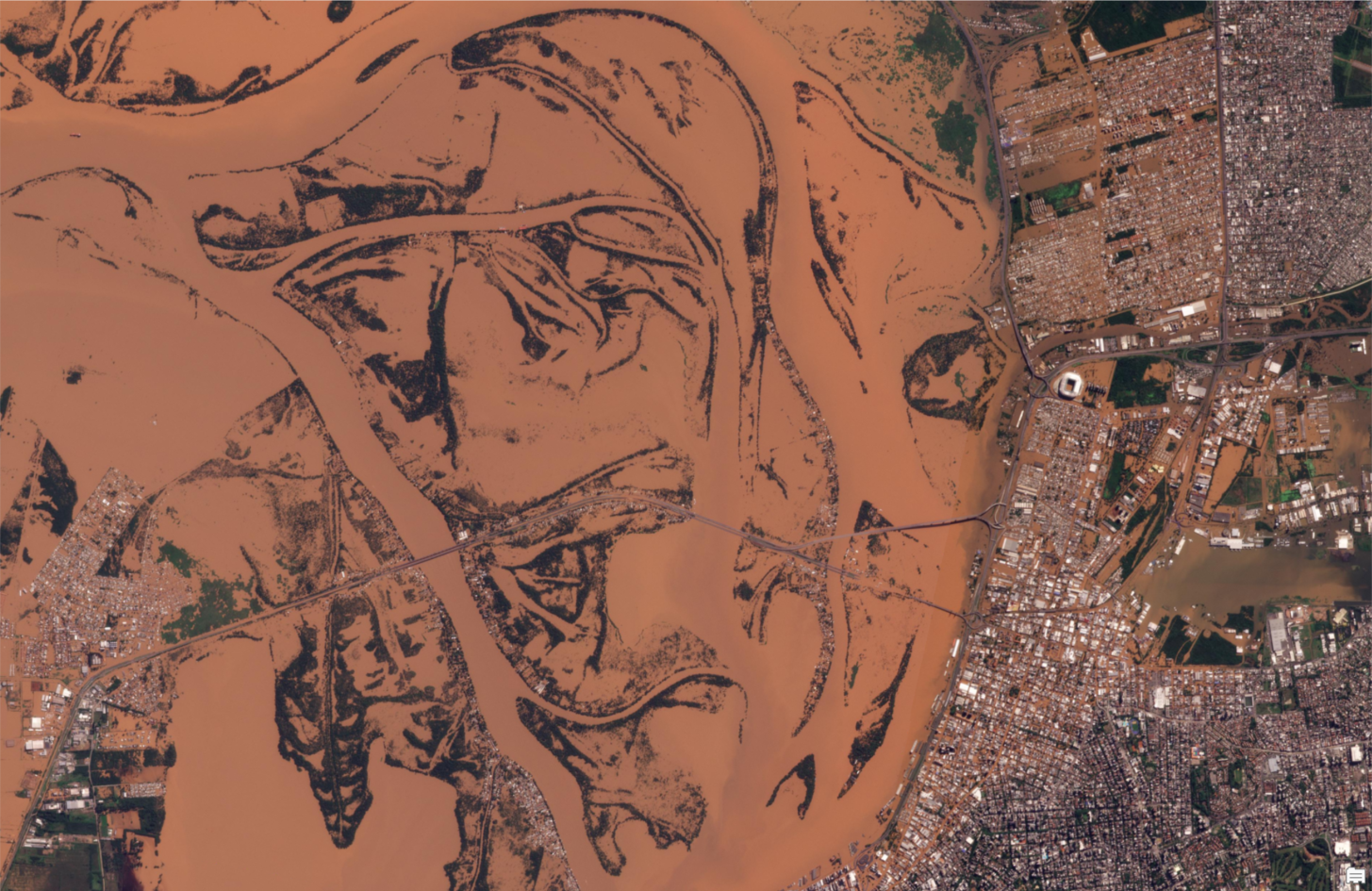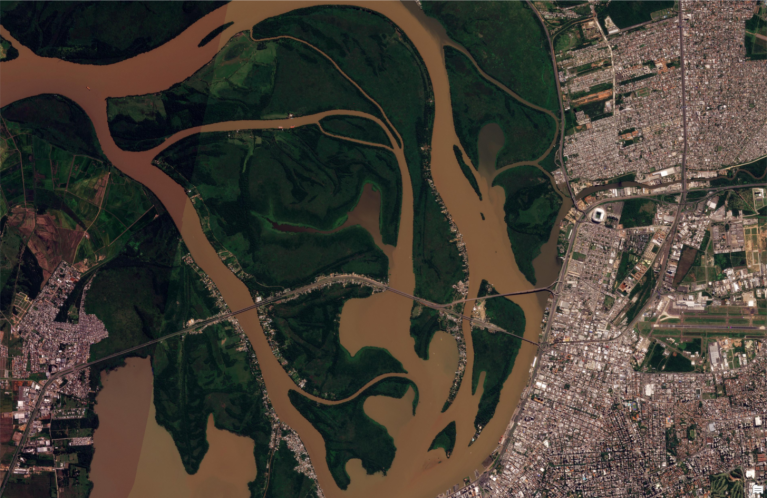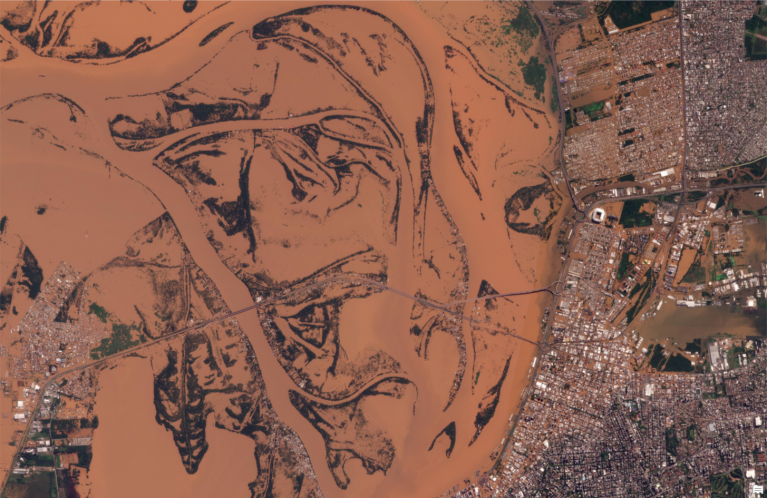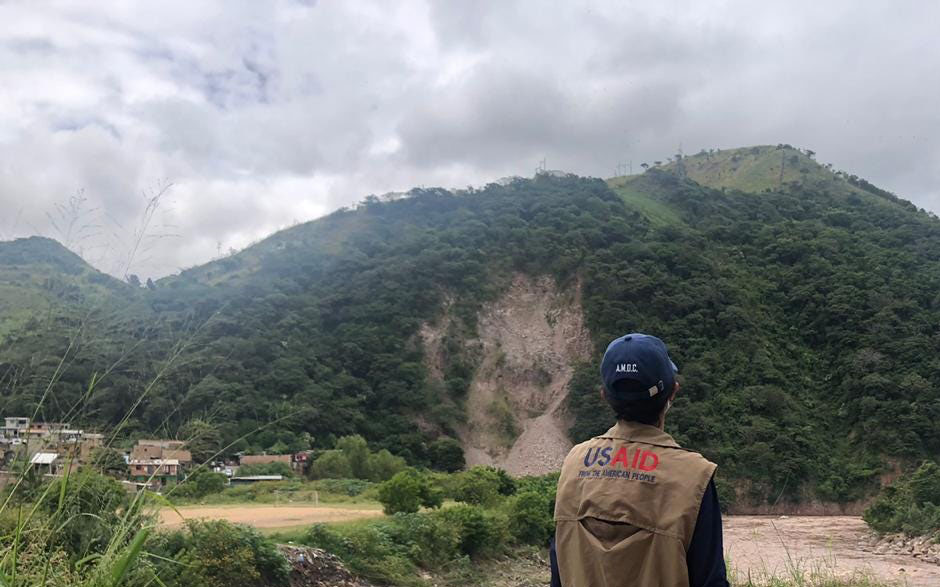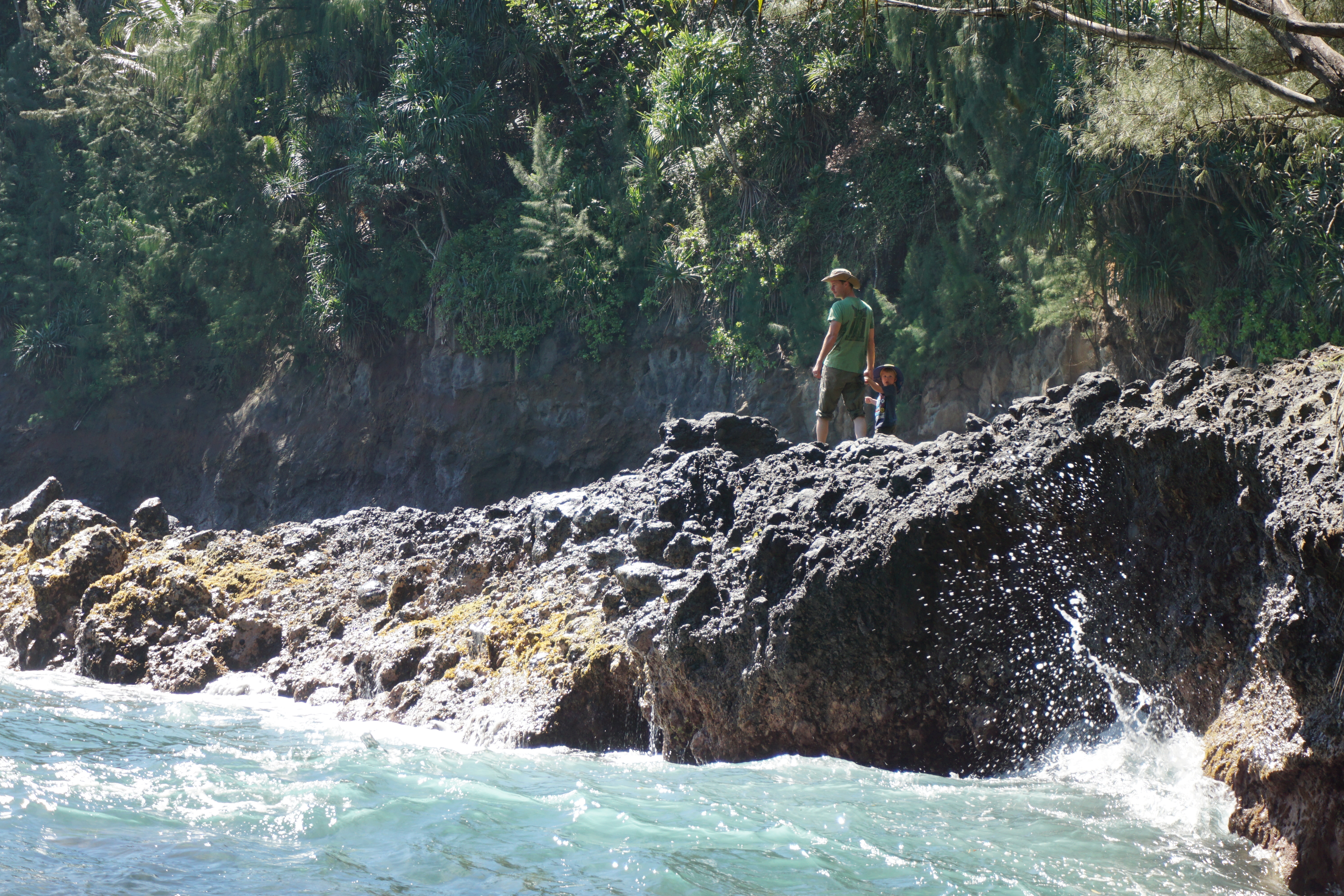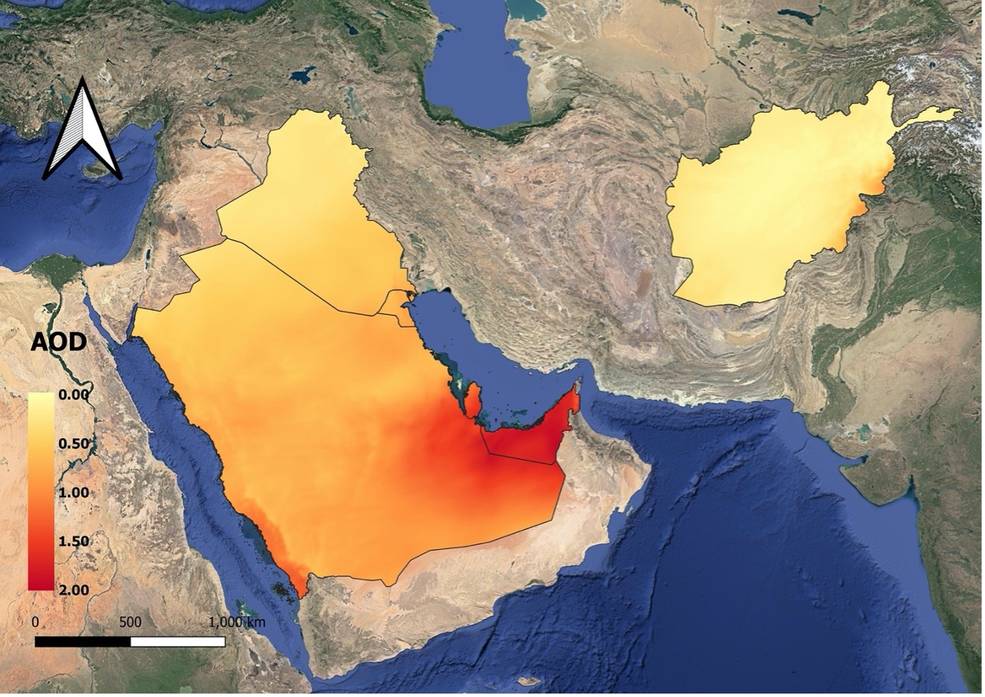In early May, widespread flooding and landslides occurred in the Brazilian state of Rio Grande do Sul, leaving thousands of people without food, water, or electricity. In the following days, NASA teams provided data and imagery to help on-the-ground responders understand the disaster’s impacts and deploy aid.
Building on this response and similar successes, on June 13, NASA announced a new system to support disaster response organizations in the U.S. and around the world.
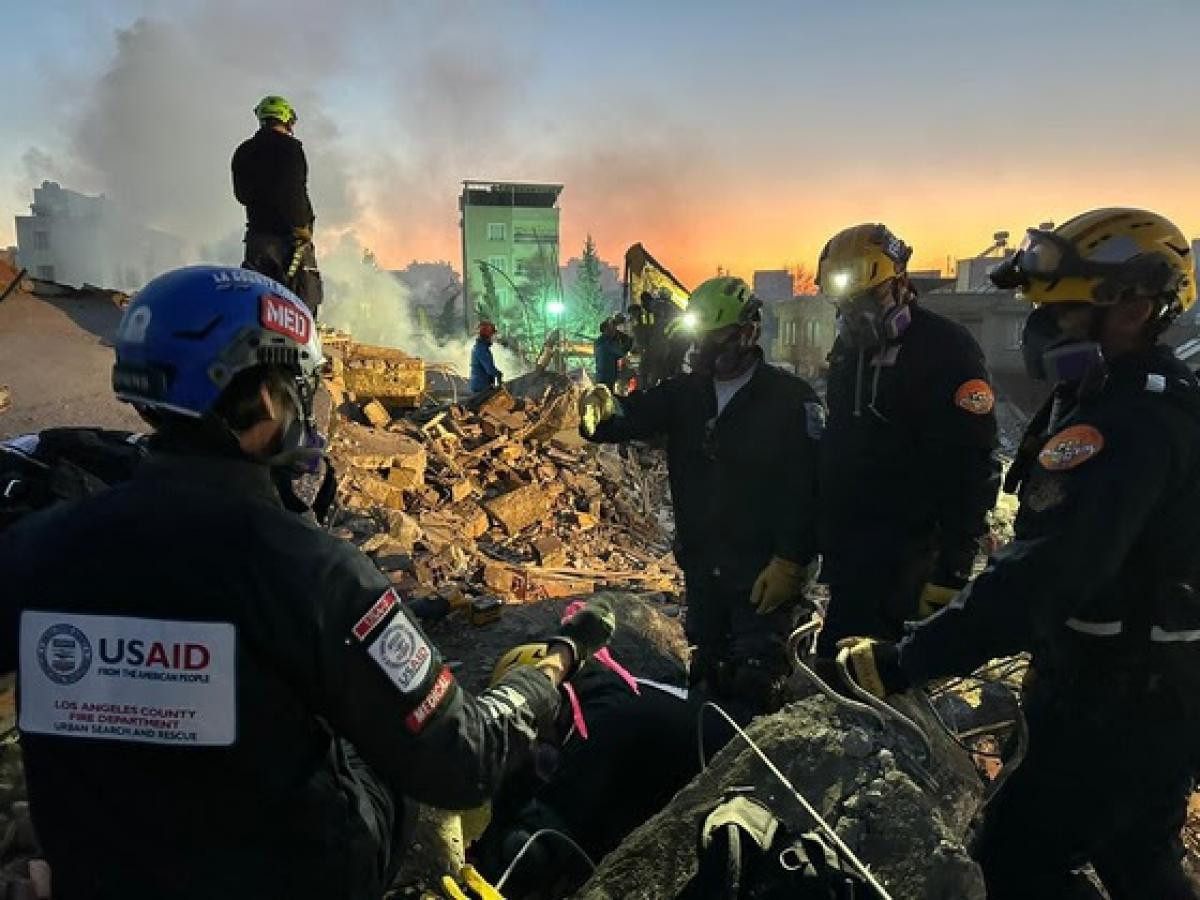
“When disasters strike, NASA is here to help — at home and around the world,” said NASA Administrator Bill Nelson. “As challenges from extreme weather grow, so too does the value of NASA’s efforts to provide critical Earth observing data to disaster-response teams on the frontlines. We’ve done so for years. Now, through this system, we expand our capability to help power our U.S. government partners, international partners, and relief organizations across the globe as they take on disasters — and save lives.”
The team behind NASA’s Disaster Response Coordination System gathers science, technology, data, and expertise from across the agency and provides it to emergency managers. The new system will be able to provide up-to-date information on fires, earthquakes, landslides, floods, tornadoes, hurricanes, and other extreme events.

“The risk from climate-related hazards is increasing, making more people vulnerable to extreme events,” said Karen St. Germain, director of NASA’s Earth Science Division. “This is particularly true for the 10% of the global population living in low-lying coastal regions who are vulnerable to storm surges, waves and tsunamis, and rapid erosion. NASA’s disaster system is designed to deliver trusted, actionable Earth science in ways and means that can be used immediately, to enable effective response to disasters and ultimately help save lives.”
Agencies working with NASA include the Federal Emergency Management Agency, the National Oceanic and Atmospheric Administration (NOAA), the U.S. Geological Survey, and the U.S. Agency for International Development — as well as international organizations such as World Central Kitchen.
“With this deliberate and structured approach, we can be even more effective in putting Earth science into action,” said Josh Barnes, at NASA’s Langley Research Center in Hampton, Virginia. Barnes manages the Disaster Response Coordination System.
NASA Disasters Team Aiding Brazil
When the floods and landslides ravaged parts of Brazil in May, officials from the U.S. Southern Command — working with the U.S. Space Force and Air Force, and regional partners — reached out to NASA for Earth-observing data.


























